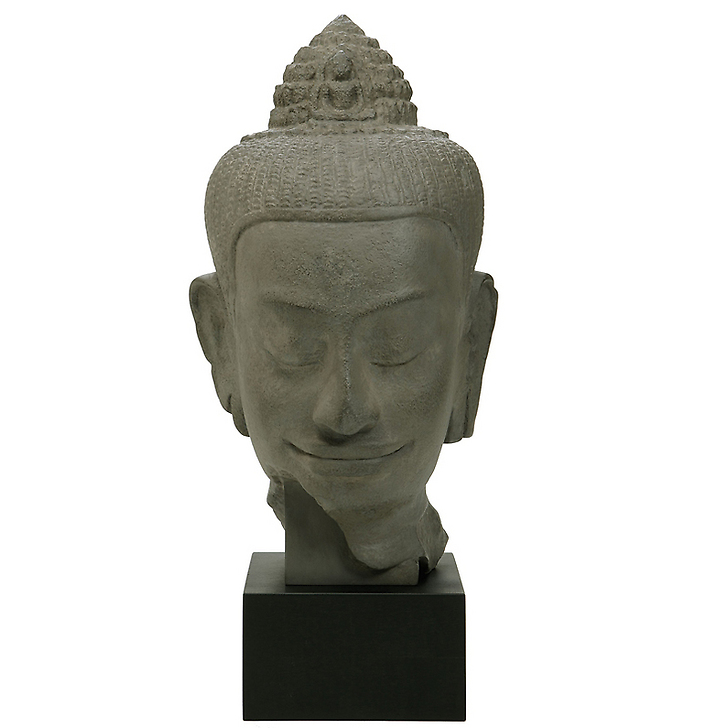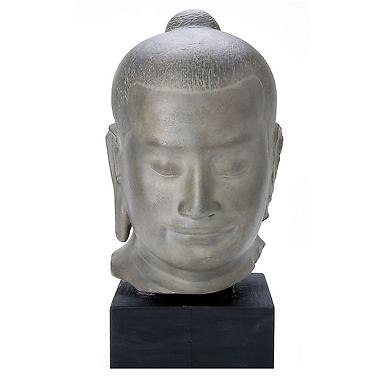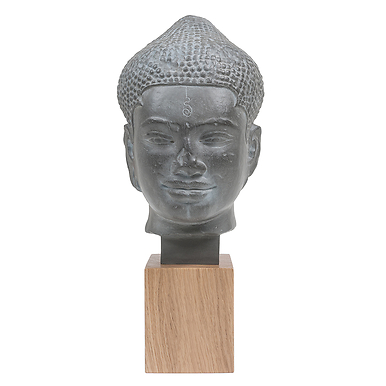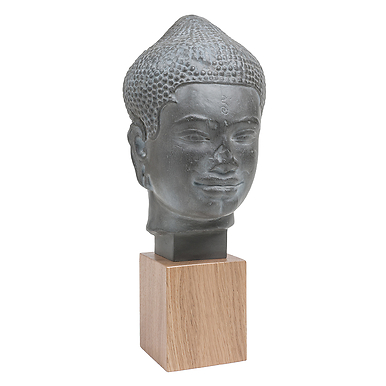Sculpture Prajnaparamita Buddha
RK007603
Reproduction patinated by hand on a black wooden base. Mold made from an imprint of the original work, a stoneware sculpture dated from the end of the 12th century.
During the first centuries of our era, Cambodia was under the influence of India, and Indians regularly flowed in every time the Ganges...
Read more
Reproduction patinated by hand on a black wooden base. Mold made from an imprint of the original work, a stoneware sculpture dated from the end of the 12th century.
During the first centuries of our era, Cambodia was under the influence of India, and Indians regularly flowed in every time the Ganges valley was invaded or threatened. The official religion was therefore Brahmanism.
Cambodia then fell under the domination of the peoples of Java, but at the beginning of the 9th century the Khmers re-conquered the entire country and later chose the site of Angkor as its capital.
Despite the upheavals and the wars waged against their neighbors, particularly the Chams, their architecture and civilization reached exceptional heights, especially in the first half of the 12th century, during which the huge temple of Angkor Vat was erected, thus marking the peak of classic Khmer art. But shortly afterwards, the Chams again attacked the country, even seizing the capital by surprise and burning it (1177). However, in 1181, Jayavarman VII succeeded in repelling the invaders, and after being crowned king, he started to rebuild the capital in the city of Angkor Thom, with the Bayon Temple as its principal monument.
Close
Login to see prices
Sold by GrandPalaisRmn









